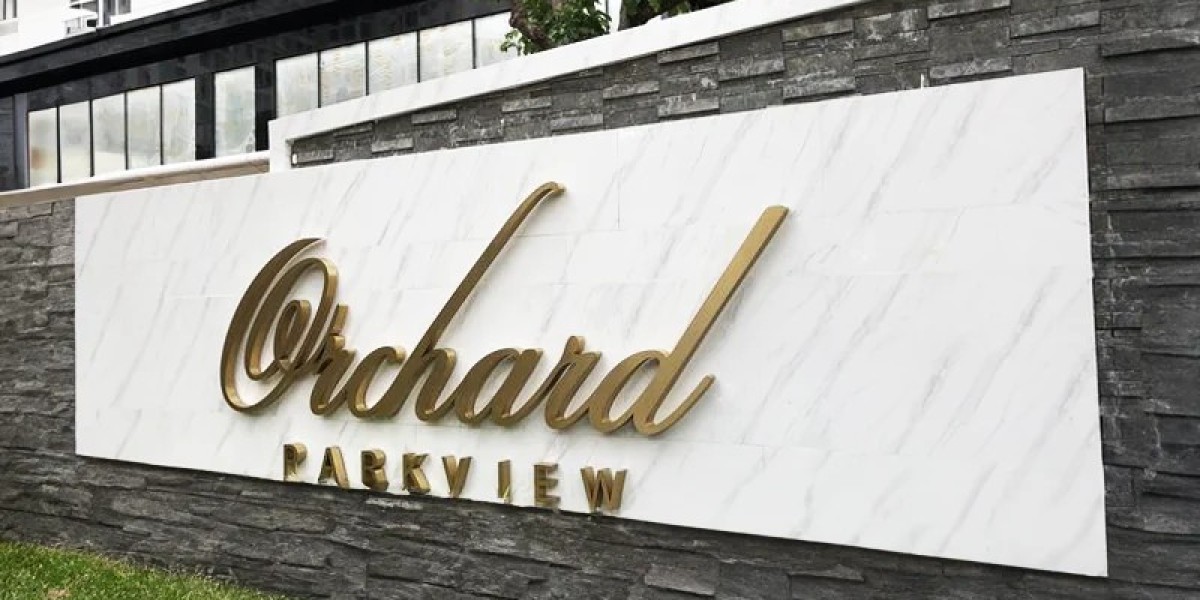As we know that each sign holds a significant value as hotel sign boards. In this era we all know how important it is to understand each product and retail shops but with signboards it's an easy method to know. And most of the industry depends on these signage solutions for their own benefit and then they require the best signage partner for suitable needs.
A well-designed sign board is more than directionality—it's a strong branding device that reflects a hotel's personality, values, and standards. Whether a bold neon, a sophisticated modern-style display, or a tasteful handcrafted board, the look of a hotel's sign board can be a make-or-break element for its success.
There Are Five Compelling Reasons Why Hotel Sign Board Design Is So Critical:
1. Makes an Impression at First Sight
The instant a visitor steps into a hotel, he starts judging his stay. A shabbily designed or old sign board talks about negligence or lack of professionalism, whereas a professionally designed one conveys warmth, sophistication, and thoughtfulness. For instance, a boutique hotel with a hand-painted sign bearing fine typography immediately conveys charm and distinctiveness, whereas a big LED sign for a city hotel may convey modernity and dynamism.
The signboard is the initial handshake between guest and hotel. It's a chance to get the personality of the property across—whether that's over-the-top, quirky, or sustainable. A memorable hotel signage does more than direct travelers to the entrance; it puts a positive seed in their minds, hyping them up for an incredible visit. With travelers now documenting experiences on the web, a good sign can be an even photo-op landmark, making the hotel more accessible online.
2. Strengthens Brand Identity
A sign board of a hotel is an eye-level visual representation of the hotel brand. All elements in the design—color, typography, material, and lighting—must be aimed at creating an image and ethos that suit the hotel. A beachfront hotel may employ weathered wood and pale blue to evoke ocean calm, while a five-star city hotel may employ metallic surfaces and sans serif typography to suggest luxury. Brand consistency makes it easy for visitors to know immediately what the hotel is all about.
In addition, a well-crafted hotel signage facilitates recall of the brand. Guests will remember and tell others about a hotel that possesses an unusual sign which will be etched in their minds. Consider retro hotel signs such as the neon color of The Flamingo in Las Vegas or the sophisticated script of The Ritz-Carlton. These signs are not merely directions—but badges of the experience guests will have. A solid brand identity expressed through signage inspires confidence and commitment, with return business and word-of-mouth promotion on the increase.
3. Enhances Wayfinding and Access
In its simplest use, a hotel sign board has a functional function: to direct guests to the hotel. In congested city centers or large resort resorts, clear and readable signage is crucial to guide guests to their destination without hassle. A badly positioned or illegible sign will cause confusion, delays, and even bad publicity. But an optimally placed sign with large lettering, high-contrast colors, and adequate lighting allows car-driving, walking, and public transport visitors to easily find the hotel.
Another feature that plays an important role is accessibility. A professionally made serves diverse visitors, including visually impaired or language-constrained visitors. Use of braille, universal symbols, or multi linguistic signs can make it accessible to all. An example is a sign made out of light-up letters and clearly identifiable directional arrow that makes older-aged tourists or night visitors. By enhancing wayfinding and accessibility, hotels convey concern for comfort to their customers as soon as they set foot in the hotel.
4. Increases Visibility in a Competitive Market
In tourist hub zones or city centers, hotels vie for attention. A bold sign board can stand out among a cluster of choices. Flashing light, bright color, or innovative sign shape catches the eye of passersby, such as potential walk-ins or travelers who have not yet reserved their lodging. For example, a rooftop sign composed of glowing LED lights can be a city skyline landmark and attract people from afar.
Visibility isn’t just about size or brightness—it’s about uniqueness. A sign that reflects the hotel’s distinct character can differentiate it from generic chain hotels nearby. For example, a boutique hotel with a vintage-inspired sign featuring ornate details might attract travelers seeking a unique experience over a standardized one. With the age of technology, a well-designed sign can also make a hotel more visible on sites like Instagram where travelers post photos of their vacation. This word-of-mouth advertising is capable of generating bookings as well as making the hotel more visible.
5. Demonstrates Quality and Attention to Detail
A hotel name board says a lot about attention to detail and quality. A worn, cracked, or aging sign indicates that the hotel skimps elsewhere, and the visitor may be discouraged from coming. A well-designed sign, on the other hand, indicates that every element of the visitor experience matters to the hotel, from looks to service. Durable materials like polished metal, heavy acrylic, or eco-friendly wood represent longevity and devotion, while newer innovative elements like power-conserving LED lighting represent innovation.
Observing signs also ensures the comfort of visitors that the hotel is concerned about detail and their comfort. For instance, a sign that is always branded, clearly lettered, and well-placed reflects that the hotel is professional and oriented towards the future. Guests are more likely to trust a hotel that puts effort into its exterior appearance, as it suggests that the care with which they are attended will be maintained for their visit. For a competitive industry, these little things will go a long way to win guests' trust.
Conclusion
Hotel sign board design is more than a practical requirement—it's an asset that forms impressions, generates branding, and deepens hospitality. Whatever the goal—engaging a memorable first impression, raising visibility in a competitive environment, or communicating a hotel's distinctive character and personality—well-designed sign boards can differentiate one hotel from another. By investing in thoughtful design, hotels not only guide guests to their doors but also invite them into a world of comfort, style, and hospitality. In an industry where every detail counts, a sign board is a powerful statement that says, “Welcome—you’re in good hands.







